With 42 ground crews, 11 aircraft, and collaborative work with municipalities, Biobío faces a season marked by high temperatures and climate change.
The regional director of the National Forestry Corporation (Conaf) in Biobío, Rodrigo Jara Ortega, detailed the resources available for the 2024-2025 wildfire season, including ground crews, aircraft, and coordinated efforts with the Presidential Delegation, the Regional Government, municipalities, CORMA, Senapred, and Firefighters.
This responds to conditions that favor the spread of fires. "We have a significant number of firefighters already active. The deployment of resources will be gradual until the first weeks of December. By then, we should have 42 ground crews, four of them operating at night, with a total of 520 people," reported Jara Ortega, who added that this figure matches last year's deployment. Regarding aerial resources, he specified, "We aim to have the same 11 aircraft as last season. Their arrival will also be staggered, and all should be operational by mid-December."
PREVENTION AND ANALYSIS IN THE FACE OF CLIMATE CHANGE
Currently, Biobío already has nearly 300 firefighters distributed across 30 operational crews in various provinces. "In prevention, we've worked all year with the Delegation and the Regional Government, as well as municipalities and stakeholders like CORMA, Senapred, and Firefighters. This joint effort is key to facing the season," emphasized the regional director. Jara Ortega highlighted the role of municipalities: "In the prevention pyramid, they are at the base, which is why we are part of the organized Cogrids."
Collaboration, he added, began well in advance at the provincial and regional levels. Regarding climate challenges, he noted, "We are suffering the effects of climate change, which creates unpredictable scenarios, such as extreme rainfall in Spain and high temperatures in the Mediterranean. Chile and our region are not exempt from these trends, increasing the likelihood of high-temperature episodes."
Weather condition analysis helps identify high-risk zones and coordinate involved stakeholders. So far, Biobío has recorded around 20 wildfires, significantly fewer than the 90 by the same date last year. "We expect fire incidents to peak between mid-December and the most critical period in January and February," explained the Conaf spokesperson.
BURNING RESTRICTIONS
50% of fires in the region are intentionally set, while another significant portion stems from negligence, such as uncontrolled burns or tool use that generates sparks. In response, Conaf has suspended controlled burns until conditions allow. "To prevent negligence or accidents, we’ve restricted burns in Biobío," Jara Ortega stated. Regarding intentional fires, the director said, "In coordination with the Prosecutor's Office, we are gathering evidence for investigations to identify and penalize those responsible."
Source: digital print edition ofLa Tribuna


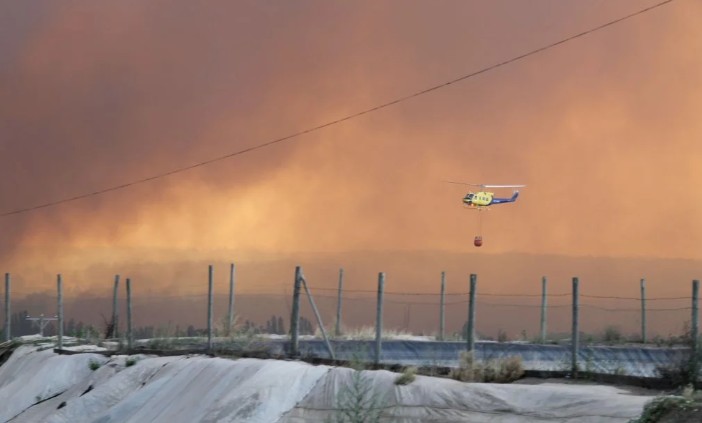
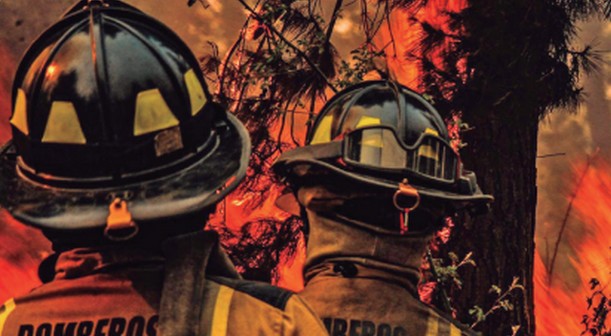
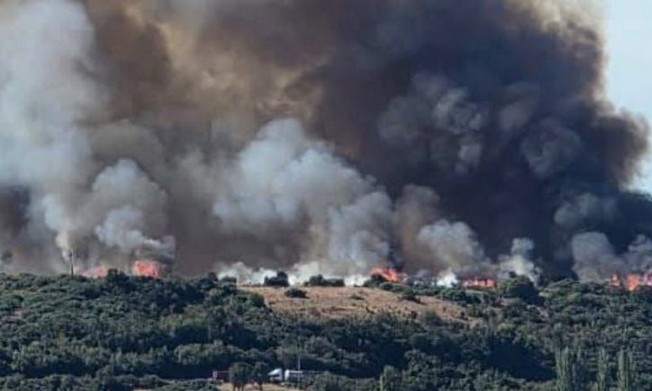
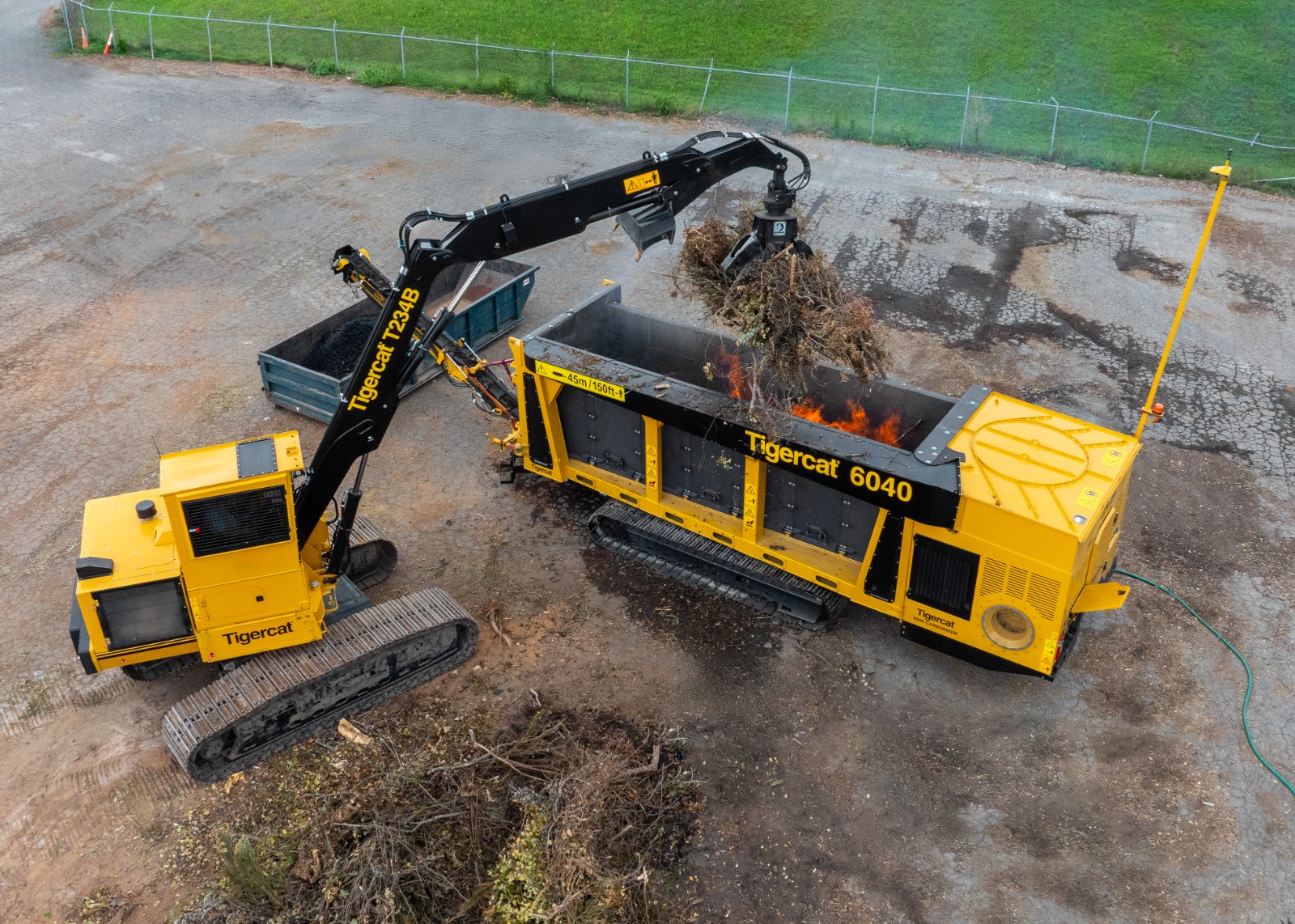
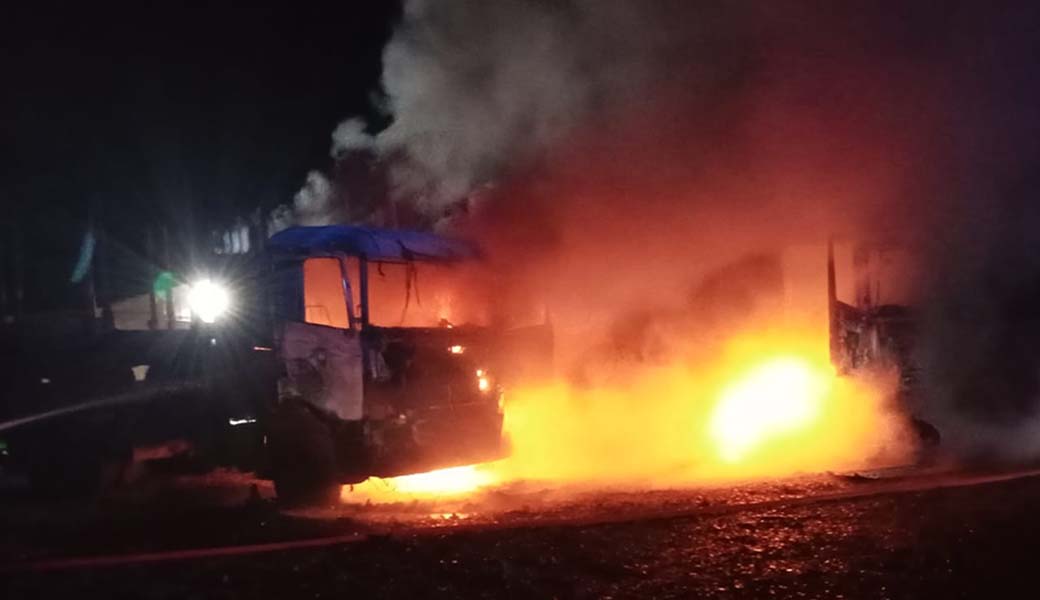
Comments (0)
No hay comentarios aún. ¡Sé el primero en comentar!
Deja un comentario